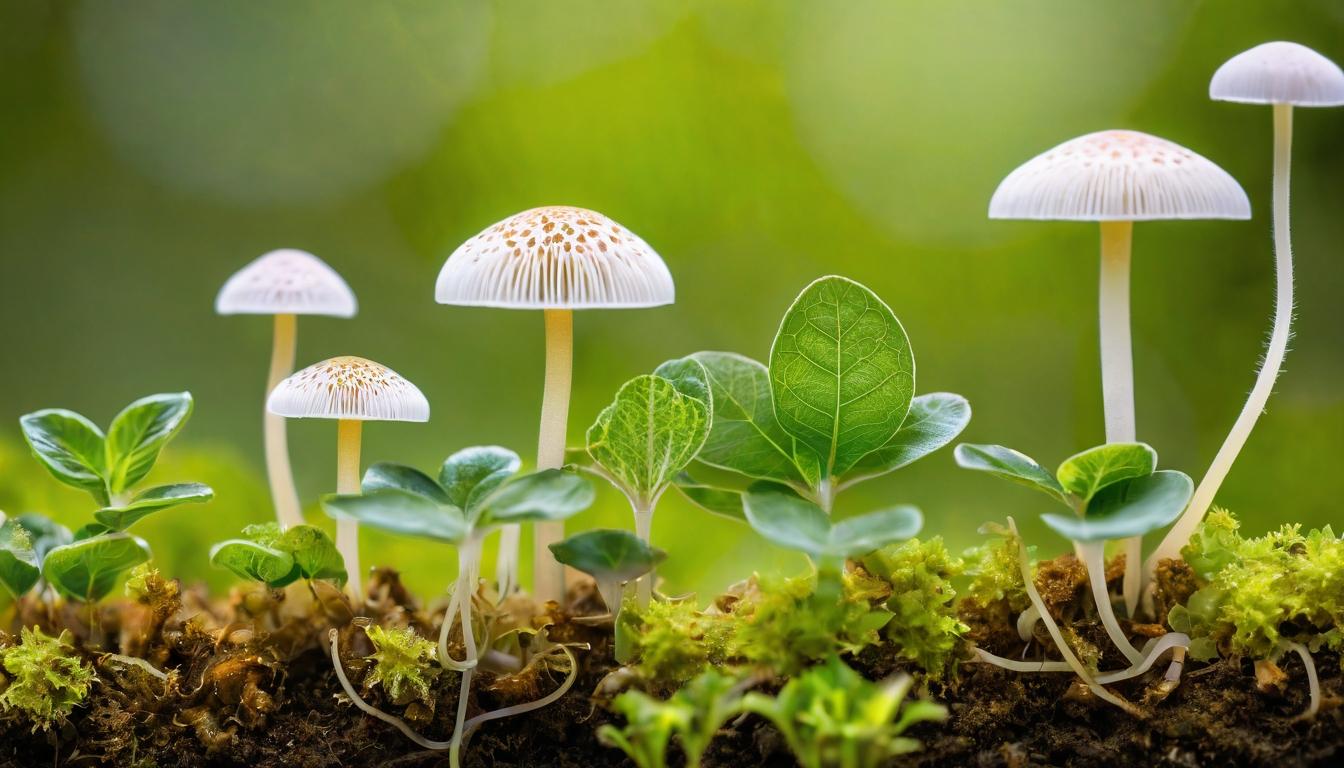In the dappled light of an old-growth forest, something extraordinary is happening beneath our feet. While we stroll through nature admiring the scenery, an intricate network of fungal threads—the mycelial internet—is buzzing with chemical messages, warnings, and resource sharing. This underground communication system, once dismissed as fantasy, is now revolutionizing our understanding of plant intelligence and interconnectedness.
The research emerging from laboratories and field studies reveals that plants don't just grow passively. When a maple tree is attacked by insects, it releases volatile organic compounds into the air that nearby trees detect, prompting them to ramp up their own defensive chemicals before the invaders reach them. This arboreal early warning system functions with a sophistication that would make any military strategist envious.
Dr. Elena Martinez, a botanist who has spent decades studying plant communication, describes it as a form of chemical linguistics. "We've identified over fifty different compounds that plants use to convey specific messages," she explains from her research station in Costa Rica. "There are distinct signals for drought warning, nutrient sharing, and even distress calls that attract predatory insects to deal with herbivores."
The implications extend far beyond academic curiosity. Farmers are experimenting with companion planting strategies that leverage this natural communication. By planting certain species together, they create agricultural communities where plants protect each other, reducing the need for pesticides. One vineyard in California has reported a 40% reduction in chemical treatments after implementing these principles.
This silent conversation happens through multiple channels. Through the air via chemical volatiles, through the soil via root exudates and fungal networks, and even through subtle vibrations that plants detect in their cell structures. Some researchers believe plants may even communicate through bio-photons—light emissions at levels invisible to the human eye.
The ethical questions are profound. If plants communicate, warn their neighbors, and make decisions based on environmental information, where do we draw the line between what we consider conscious beings and biological automata? Indigenous cultures have spoken of plant wisdom for centuries, and Western science is finally catching up to what traditional knowledge has long understood.
In Japan, researchers have documented trees that alter their growth patterns to avoid shading their neighbors—a form of botanical courtesy that suggests a level of awareness we're only beginning to comprehend. Meanwhile, in the Amazon, certain tree species appear to coordinate their fruiting schedules to ensure animal populations have consistent food sources, which in turn helps distribute their seeds.
The practical applications are emerging faster than we can implement them. From developing new agricultural techniques to creating urban landscapes that function as cohesive ecological units rather than collections of isolated plants, this understanding is transforming how we interact with the green world around us.
Perhaps most intriguing is the emerging field of plant neurobiology, which explores how plants process information without brains or nervous systems. They use complex electrochemical signaling that operates on different time scales than animal consciousness, but which nevertheless represents a form of awareness and response to environment.
As we continue to unravel these mysteries, we're forced to reconsider our relationship with the botanical world. The quiet maple in your backyard, the tomatoes in your garden, the ferns in the forest—they're all participating in conversations we're only beginning to hear. The next time you walk through a garden or forest, remember: you're not just observing nature, you're witnessing an ongoing dialogue that has continued for millions of years, waiting for us to learn the language.
The silent language of plants: how flora communicates in ways we're just beginning to understand

